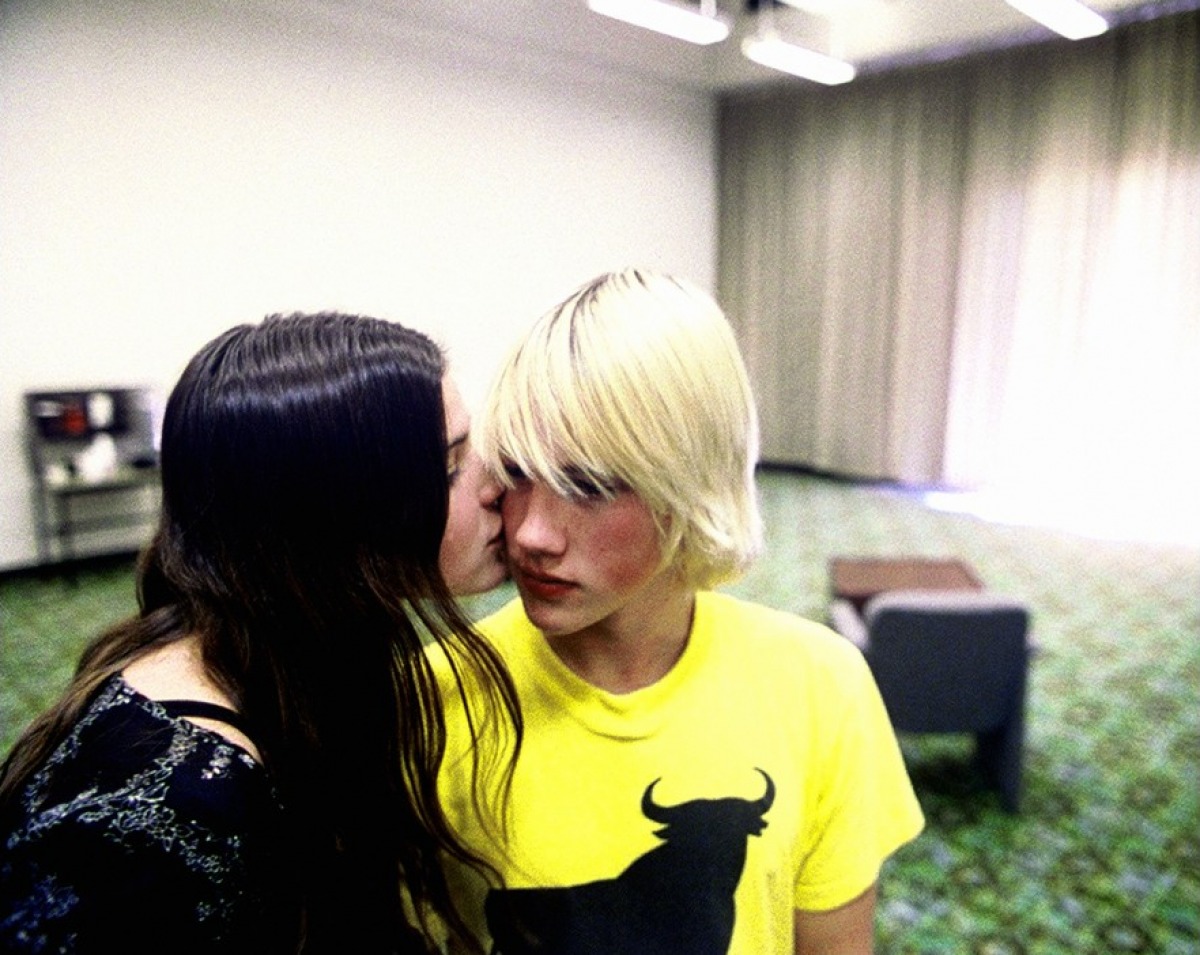
When we talk about Gus van Sant, we aren’t just talking about a director. The man is also a screenwriter, painter, musician and photographer (he was in advertising as well). All this versatility is present in his filmmaking and even in the way Van Sant flows easily into independent films and mainstream products.
Openly homosexual, his name is also strongly connected with subcultural topics and with the New Queer Cinema movement, where films like “Milk”, “Elephant” or “Even Cowgirls Get the Blues” became well known.
Unlike other big names of American cinema, Gus Van Sant is the perfect example of what it is “to do the whole route”. Starting with small-project independent films, Van Sant had to prove his value before seeing his name included at the Oscars, Cannes, Berlin Film Festival or even at the Independent Spirit Awards. Furthermore, he was also active into the music business, collaborating with names such as Red Hot Chili Peppers or the late David Bowie.
Aside from all his success and achievements, today Van Sant isn’t at his best. His last three efforts were redundant in his filmography and some believe his best times have already passed.
However, he is a great example of a name that is never ignored when a new work is about to come out, and is definitely a filmmaker with interesting content and surprising features to explore. In this list, you can find the 10 most important films he did up to today.
10. Gerry (2003)
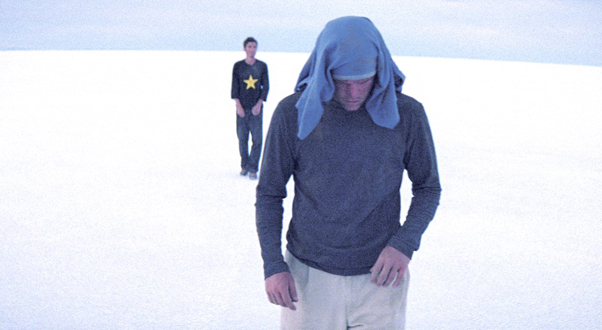
“Gerry” is the first film of the famous Death Trilogy (“Elephant” is the second; “Last Days” is the third) and it’s about two friends going to the desert without food or water.
Starring Matt Damon and Casey Affleck, who were also involved in the writing the script, this is the kind of story you can easily relate with people you really know. The reason: the characters aren’t very solid (no heroes, no villains, no one really peculiar), so they could be anybody.
This could be a good thing, once you can imagine yourself in the story, doing the same thing the Gerrys do (the characters have the same name) or saying the same words they say. Truth be told, Gus Van Sant has this quality in almost all his films; the characters could be somebody else. I really don’t know if in this particular case it’s because of the actors, or is just the characters that are the “person-next-door”. In any case, you have to be really dumb to go to the desert without water and food.
9. Mala Noche (1986)
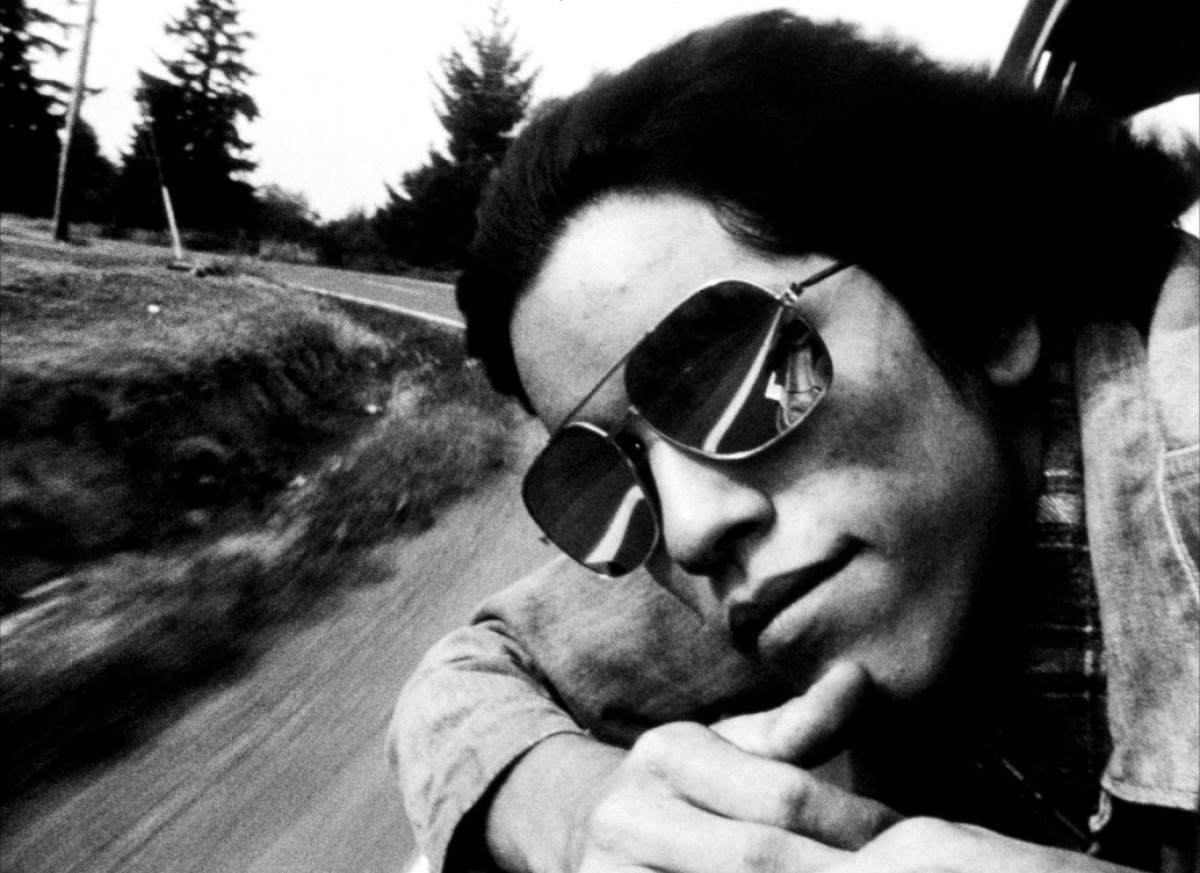
This was the first film where Gus Van Sant signed his name onto, and was almost like forethought about what he would do later with his other works.
“Mala Noche” is a simple story of wild love: Walt is crazy about Johnny, an illegal Mexican immigrant, but, despite him not speaking a word of English, Johnny doesn’t found Walt attractive or interesting. Nowadays, this debut film is seen by many as a simplified concept of the message Van Sant tried to send in later outputs.
“Mala Noche”, also known as “Bad Night”, is a short and humble story, but, considering the time it was made and the context, it’s a milestone in New Queer and Independent cinema. The film doesn’t have a big budget or the good performances we saw in some Van Sant films (Nicole Kidman, Matt Dillon, River Phoenix, etc.), but has the honesty and passion of a man who had something to say. Good effort.
8. Last Days (2005)
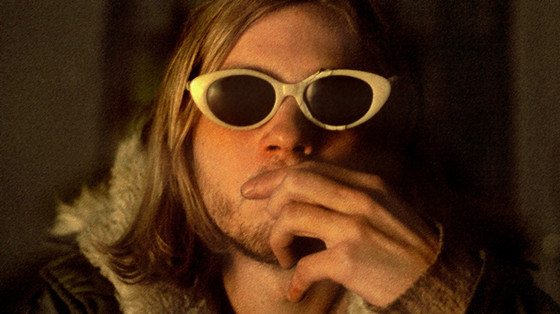
“Last Days” is far from being an easy film. First, it can be considered an antithesis of “Gerry”; the acting is great (hail to Michael Pitt!), the directing is quite good, and you will not find common places in this film.
Second, knowing the story is related to Nirvana with noticing the similarities between Blake and Kurt Cobain, you will be expecting a story about drugs with drama and, to a certain point, action, like how Cobain lived his life. Nothing could be more wrong. The film is sluggish, detailed (lots of times about nothing important) and you can really feel the time passing by.
Blake doesn’t seem to do anything in his life, so there’s no evolution of the protagonist, and Van Sant gives us a big silence in form of cinema. It’s almost if you have a painting in front of you for 90 minutes.
In making this fictionalized story about the last days of Kurt Cobain’s life, Van Sant continues on a trail of minimalist filmmaking, where he tries to say big things by doing or saying nothing at all. In other words, he uses silence, like he did with “Gerry” and “Elephant”, the other films of the Death Trilogy.
7. Milk (2008)
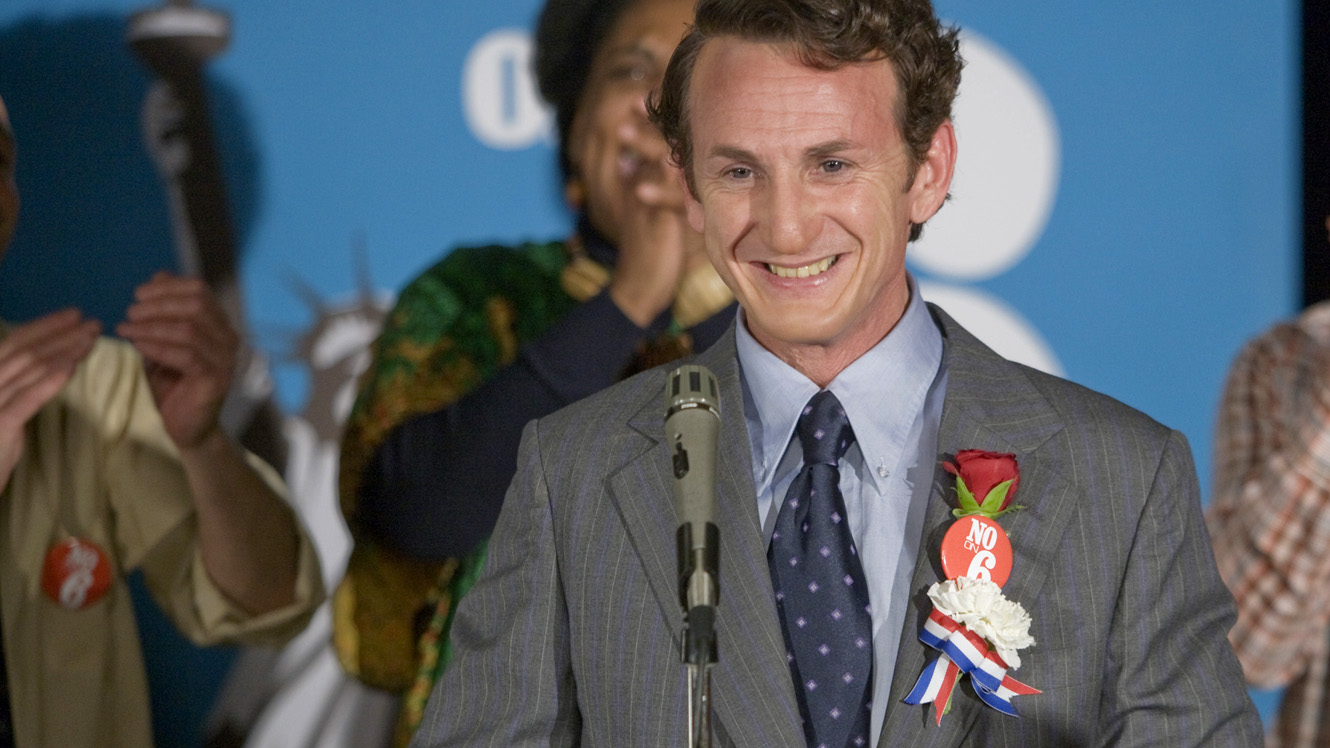
Based on the life of the politician and gay rights activist Harvey Milk, this is a biopic that put a Gus Van Sant film again on Oscar trail (the first that happened was in 1998 with “Good Will Hunting”).
The film is worth your time at because of Sean Penn’s performance as Milk, and it was a major success inside the gay community and the mainstream public. It shows a completely ordinary man, who is ambitious and funny and is struggling for a better and fair world, and he happens to be homosexual.
In doing that, Van Sant was successful in creating an identification point between the character and the crowd, a fundamental aspect for the empathy generated in the film. It gives an impression that “Milk” had a huge hype because it was an American film/story, about an American citizen, launched in United States. Considering “Stranger by the Lake”, “Blue is the Warmest Color” or “Free Fall” as examples, we can assume “Milk” wouldn’t be such a big thing in Europe.
6. My Own Private Idaho (1991)

This is THE film that can actually prove River Phoenix would be one of the best, if not the best, actor of his generation.
Lightly based on Shakespearean works, “My Own Private Idaho” is a bittersweet poem about life on the streets and one the best films Gus Van Sant ever made. Mike and Scott are two best friends living as hustlers and this is their story of friendship, loneliness, fear and sexuality.
River Phoenix does an amazing job as Mike Waters, helping Keanu Reeves to shine as well. The main idea expressed in the film is the opposite of what we learn watching Batman; it’s not what you do that defines you, but who you really are. Summing up, these boys work as hustlers, but they are much more than that. Dealing with Van Sant’s fetish topics, this is certainly one of the most important titles in the director’s career.